At Minuteman Ammunition, every load that carries our name goes through a full evaluation, not just a quick range trip.
Recently we tested a new 147-grain 9mm hollow point as a potential restock candidate, and we want to share how deep we go to verify performance.
Starting strong then digging deeper
The projectile looked promising on paper: exceptional price, solid design, and fantastic early results. Accuracy was tight, and initial expansion in ballistic gelatin looked outstanding. But we don’t stop at “good enough.” When results showed inconsistency, we dug in to find out why.
Controlled Gel Testing
Using brand-new 10% FBI-standard ballistic gel, we ran bare-gel performance tests first.
The results were impressive:
- Up to 2.2× expansion from the original .355″ diameter
- 100% weight retention
- Consistent penetration of around 13” (within FBI-recommended depths of 12-18”)
That’s the kind of consistency we aim for, repeatable performance that proves both design integrity and load quality.
Platform Differences
Next, we ran the same test through a subcompact pistol. The story changed. Expansion dropped dramatically, and penetration went well past acceptable limits. This confirmed something we always consider: barrel length and velocity matter. A round that performs beautifully from a full-size pistol might behave very differently in a short barrel.
To address this, we pushed the full-size platform to the projectile’s upper recommended velocity and expansion and penetration came right back into spec for both platforms. That’s the level of refinement we expect before any product goes to customers.
Clothing and Barrier Tests
Bare gel performance is important, but real people wear clothes. So we went further, testing through multiple layers and types of fabric. Here’s a snapshot of what we found:
- 2 layers of denim → gel: Great expansion and penetration
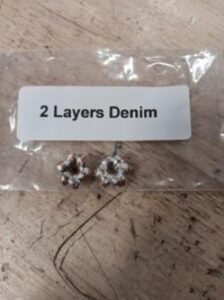
- 4 layers of denim → gel: Poor expansion, excessive penetration

- 4 layers of microfiber → gel: Great expansion and penetration

- 4 microfiber + 1 denim → gel: Great expansion and penetration
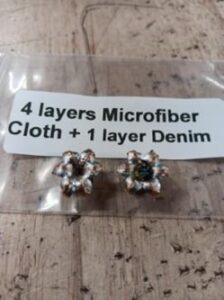
- 1 denim + 4 microfiber → gel: Poor expansion, excessive penetration
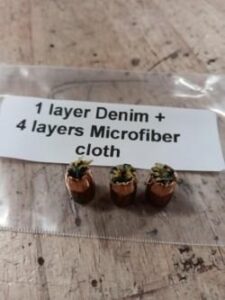
- 1 denim + 1 fleece + 1 dress cotton + 1 cotton t-shirt: Poor expansion, excessive penetration
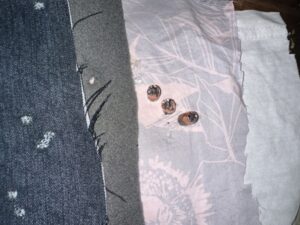
- 1 thick fleece +1 thin flannel +1 thin fleece + 2 cotton t-shirt: Poor expansion, excessive penetration
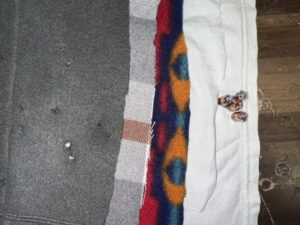
The takeaway? Fabric type and order make a difference. Some materials clog a hollow point cavity and stop it from opening properly, while others allow full, clean expansion. It’s a real-world variable that we test.
Our Standards Going Forward
We don’t settle for a round that performs “well enough.” We’re continuing to refine our testing and will only restock projectiles that meet our criteria across multiple conditions:
- Consistent expansion and penetration in bare gel
- Reliable performance in “real-world” testing equivalency
- Documented testing results
- Clear labeling for performance
If it doesn’t meet the standard, it doesn’t make it into our boxes, period.
Why It Matters
Every round you fire represents trust in your gear, your training, and your ammunition. We take that trust seriously. That’s why we share our results openly and continue to test beyond industry minimums.
At Minuteman Ammunition, we don’t chase shortcuts, we chase consistency.
Conclusion
We extensively tested this 147-grain hollow point as a possible replacement for our current projectile. While it delivered exceptional performance in some conditions, it showed unacceptable variability across platforms and clothing/barrier scenarios. Because consistency and safety are our top priorities, we will not be replacing our current projectile with this hollow point and will continue evaluating alternatives.
Stay tuned for future updates as we continue to evaluate new projectiles and products. Our goal is simple: build ammunition you can count on, every time, no matter the conditions.
Read the full article here



